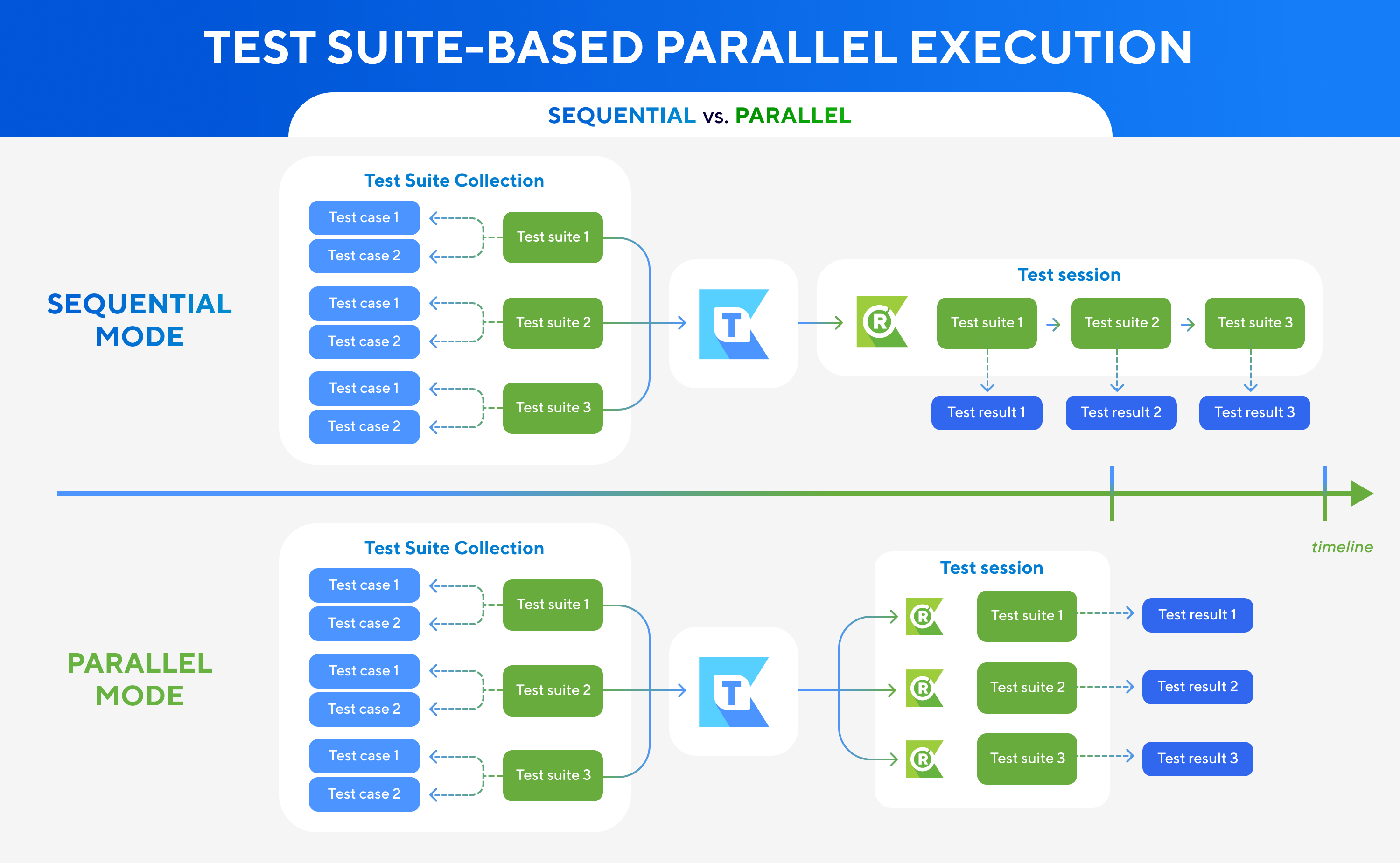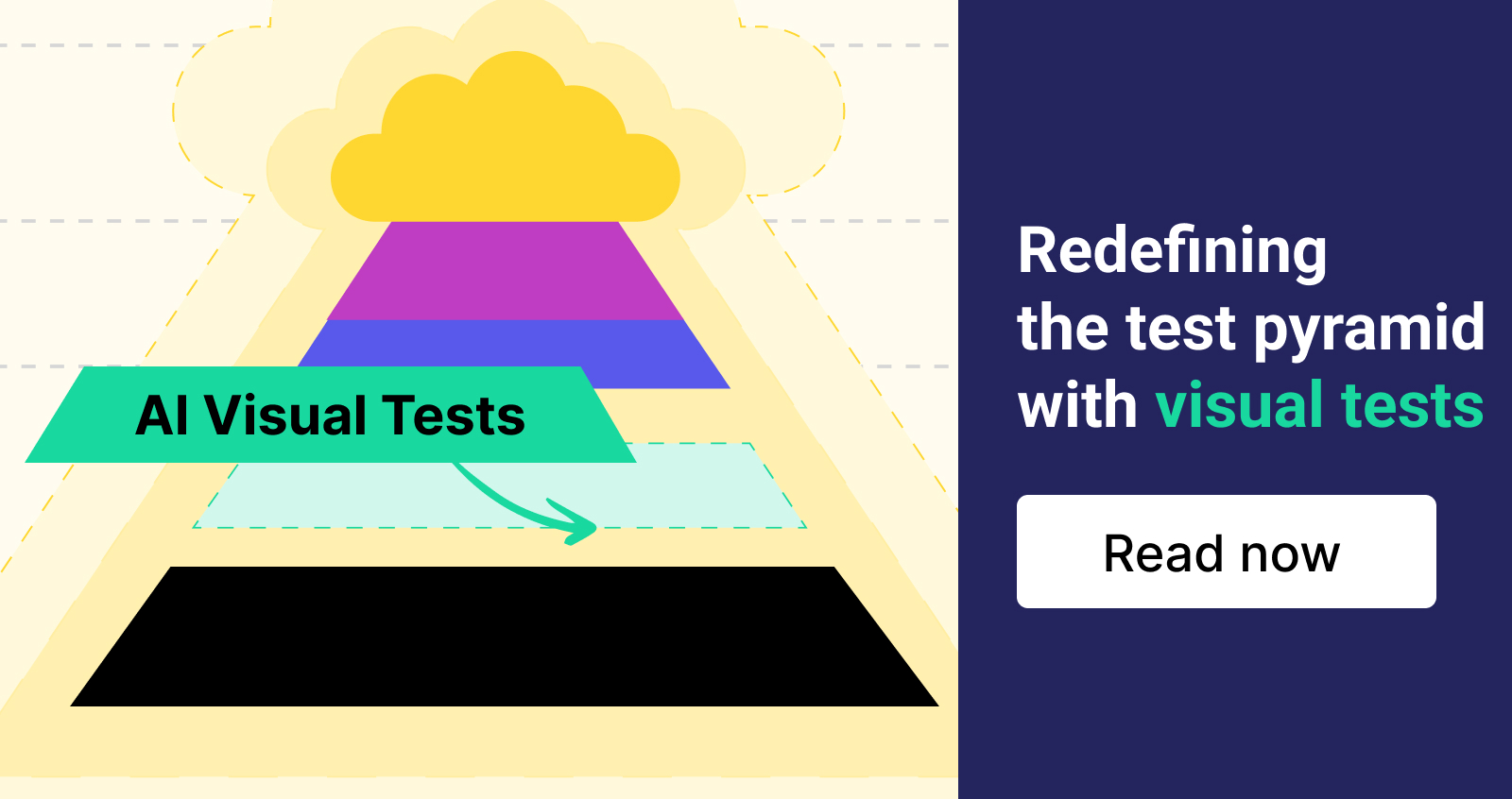Parallel Testing vs. Traditional Testing | All You Need To Know

Parallel Testing vs. Traditional Testing
It is no surprise that the integration of digital technology into all areas of business operations is creating a high demand for software. To increase the effectiveness of their operations, enterprises rely more heavily on software, which means that software is now more complex, and there is little tolerance for failure.
To ensure software readiness meet business demands, available testing technologies validate software to verify it does what it is supposed to do. Unfortunately, while testing improves the world of DevOps, it can be a costly endeavor if enterprises do not choose the correct testing framework.
Traditional testing frameworks and methodologies have come a long way since their inception. However, they can become a bottleneck in the DevOps pipeline.
Parallel testing is a methodology where DevOps teams can use available resources more effectively and accelerate releases, translating into better software and more profits.
This article discusses traditional and parallel testing methodologies, compares their main differences, and offers best practice tips to improve your modern test automation pipelines.
A Brief Recap of Testing Frameworks
For more than two decades, several testing frameworks have made their way through the environments of software testers and developers.
Traditional testing is a fundamental part of the waterfall approach to software development. This method calls for a team of testers to work on early internal releases of software products to identify issues and then provide feedback to developers to fix the issues. The same cycle is done multiple times before the product is signed off for release. This process is slow, error-prone, costly, and doesn’t scale well.
The widely adopted manual testing approach, alongside the lack of automation, results in most products going to market with issues. The evolution of software development, moving from waterfall methodologies to the more efficient agile approach, has propelled automation testing to the forefront to address increasing scale, frequency, and breadth of testing throughout the development pipeline.
Test automation can be helpful, but it can also be a costly investment if it is not implemented to make effective use of existing resources.
What is Parallel Testing and Its Benefits?

Parallel testing is the process where users run multiple automated tests. Unlike in traditional sequential testing processes, where each test has to be executed one at a time, parallel testing runs your tests at the same time to:
- Accelerate your release cycles, allowing you to deliver faster and more accurate results with minimal effort
- Enhance test coverage by allowing you to distribute multiple test suites across available test environments, minimizing the risk of releasing software without properly testing for all the potential outcomes
- Reduce execution costs by using your resources more efficiently. With parallel testing, you can anticipate what resources you will need with more accuracy, allowing you to properly size your environments and release them once all tests have been completed
- Optimize your CI/CD pipeline by identifying problems sooner and reducing wait times
- Minimize effort by reusing testing scripts. With parallel testing, you can create one test suite and run it on multiple devices instead of having to create a new script for each test scenario
Read more: What is Regression Testing?
Parallel Testing with TestOps – Your Weapon To Faster Releases

Katalon TestOps April 2021 release introduced the ability to run test suites in parallel, eliminating the need to run test suites in sequential mode and optimizing continuous testing for a faster and more efficient test cycle. TestOps’ parallel execution enables you to:
- Distribute multiple test suites across available test environments
- Reduce execution time
- Deliver faster and more accurate results with minimal effort
Conclusion
Leveraging parallel execution in test automation pipelines not only allows developers and testers to create a more efficient CI/CD pipeline, but also helps minimize risk, effort, and cost. Check out the TestOps documentation for more information on running multiple test suites in parallel across different environments.






